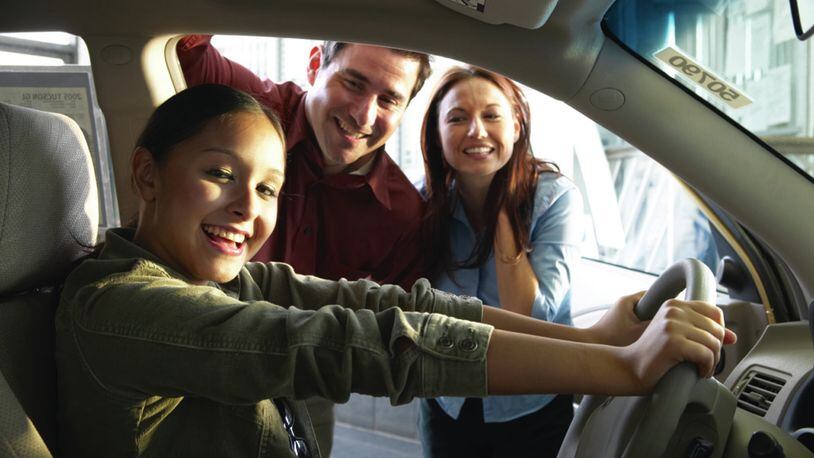Such fears are not unfounded, as vehicular fatalities remain the leading cause of death for many teenagers. In the United States, teens are three times more likely to crash per mile driven than adults, according to data from Allstate. The Canadian Automobile Association states that drivers in Canada between the ages 16 and 19 years have a fatality rate that is more than four times as high as that of drivers between the ages of 25 and 34 and nine times as high as that of drivers between the ages 45 and 54. To help reduce the propensity for crashes, injury and death, families can work together to focus on safe driving tips.
• Take a safe-driving course. Any licensed driver can benefit from a safe-driving course. Check with the department of motor vehicles to find an approved list of driving courses available. In addition to providing valuable safety tips, enrollment in these courses may entitle people to discounts on auto insurance.
• Stay off of the phone. Texting and making phone calls reduces alertness on the road. That loss of focus, even if only for a few seconds, can result in drivers driving the equivalent of an entire football field without having their eyes on the road. Avoid mobile devices while driving. Pull over to make a call if there is an emergency; otherwise, leave the phone out of reach in a backseat.
• Use the headlights. Many cars now feature daytime running lights. For those that don't, engage the headlights when driving. Using headlights increases visibility and helps other drivers see approaching vehicles, even during the daytime.
• Leave plenty of time. Rushing around to make it to class or other appointments can lead to speeding and other dangerous driving habits. By leaving extra time, drivers will not feel stressed or rushed.
• Limit distractions behind the wheel. Novice drivers may become easily distracted by the radio or even other passengers. Until they gain ample experience, teen drivers should keep passengers and noises to a minimum.
• Stick to easy parking for now. New drivers can opt to park in spaces that have plenty of room or allow for pulling out (rather than backing out). This can improve visibility and reduce the risk of hitting other vehicles.
Driving is exciting for newly licensed teens, but parents must emphasize the importance of defensive driving to their young drivers.
About the Author
